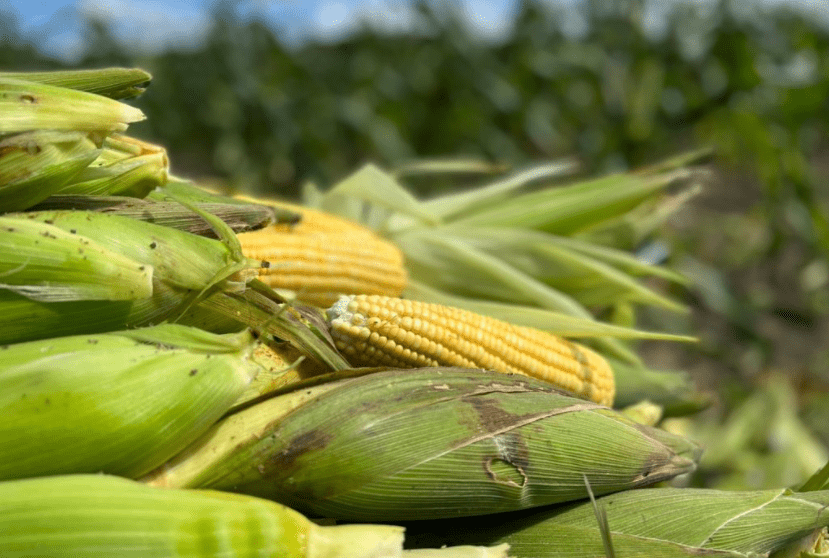The global price of corn and wheat, measured in U.S. dollars per metric ton, recorded a decline of about 30% in 2023 over 2022.
According to data from the International Monetary Fund (IMF), the global corn price was US$207.4 per ton in December 2023, a year-on-year drop of 31.4 percent.
Meanwhile, the global price of wheat fell at a year-on-year rate of 29.1 percent at the end of 2023, to 229.6 dollars per ton.
In this regard, Pilgrim’s Pride Corporation referred that the United States experienced drier weather during the spring of 2023 that threatened corn supply, but the corn crop for the 2023/2024 growing season is confirmed to be at record production levels, as prices trended lower toward the end of 2023.
Corn
In turn, favorable weather conditions in Brazil during 2023 had a positive impact on global corn supply, while Argentina experienced a severe drought that restricted its crop production during the year.
Soybean prices began 2023 at higher levels, but declined during the second quarter and have remained stable for the remainder of the year.
Pilgrim’s Pride Corporation reported that its U.S. and Mexico segments use corn and soybean meal as the primary ingredients for feed production, while its U.K. and Europe segment uses wheat, soybean meal and barley as the primary ingredients for feed production.
During 2023, U.S. commodity market prices for chicken products trended in line with seasonal norms during the first half of the year, but at levels at or below the five-year historical average, before rebounding in the third quarter and trending in line with the average historical average for the remainder of the year.
Chickens
During the first half of 2023, industry production growth, coupled with higher levels of cold storage supply, led to increased broiler availability.
In addition, although domestic demand grew in the first half, the increased demand pressure did not offset the incremental increase in supply that kept prices at the company’s seasonally expected levels, despite a higher cost basis.

